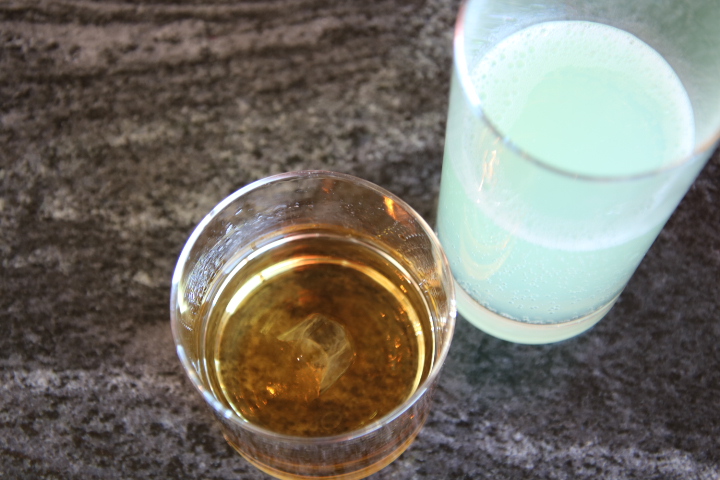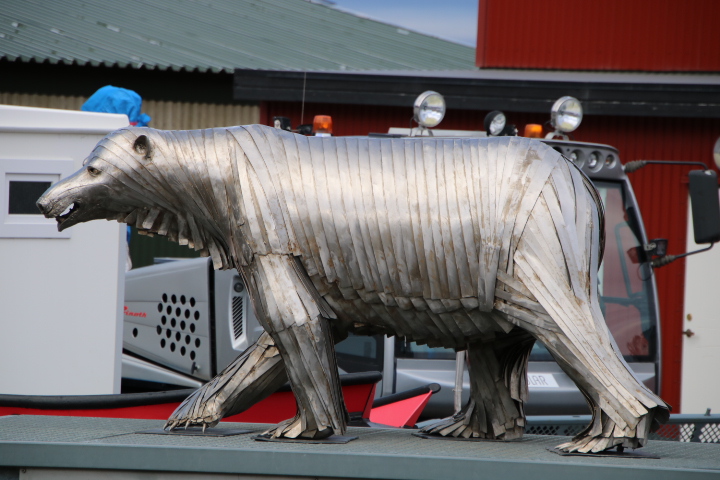Upon our arrival at Bear Island at 07:45 we were awakened by the opening of the landing stage doors on Deck 3. We were at 74N 19E. However, the dense fog and the sizeable swell was beyond the limits of any landing operation. So, this was abandoned, and we were on our way southeastwards to the North Cape (Norway).


The island is halfway between Svalbard and the North Cape. It was discovered by Barents in 1596 and it was possibly his actions in shooting a polar bear that gave the island its name. With Hudson’s arrival 11 years later it became an important whaling base for English whalers from the port of Hull in 1603.
A day at sea is ideal for relaxing and before dinner savouring an aperitif. On long distance voyages the Norwegians have Aquavit and ice.


Aquavit is the Norwegian national spirit distilled from potatoes and caraway seed liquor. The name is derived from the Latin aqua vitae – living waters. Various modern distilleries augment the original flavour with coriander, fennel, sugar, salt and orange. The drink is aged for 3 – 5 years in old sherry barrels to import a dark colour. The best aquavit is ‘Ligne Aquavit’ which is the spirit that has been transported by ship to distant countries and has matured along the way. The ‘Ligne’ is the Equator, and the spirit can only be called that if it has crossed the line. Many unsold barrels were returned to Norway, possibly deliberately, so that they would fetch a good price. Until recently the best aquavit took the name of the ship involved, the time at sea and the route.





Reflecting upon our visit to Spitsbergen we are remind of the threats to polar bears. They may be one of the most enduring symbols of the Arctic but are difficult to see unless they are really hungry and come near human habitation. We may have seen one from the ship, but photographs show it to be more like a reindeer! We did make two sightings in Longyearbyen, one was stuffed, the other was steel!!


Polar bear numbers have been in decline since the late 19th century when intensive hunting began. Numbers increased following the 1973 Treaty to conserve them, but the retreating glaciers in the Canadian Arctic is shrinking their natural habitat. The bears are classified as marine mammals but if the distances between ice floes increase then they risk drowning. Svalbard ice is not under the same pressure and therefore human habitation and influence is having little effect.